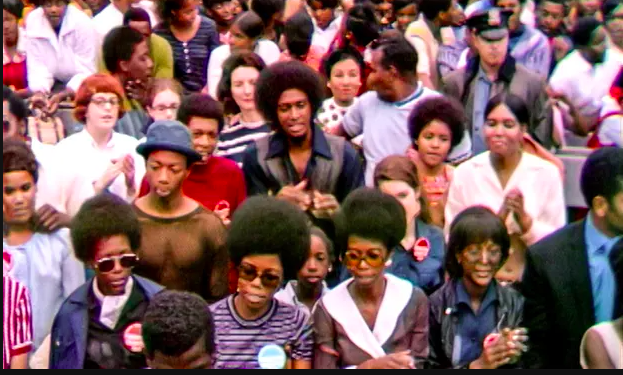Commodification of African American Music
Darlene Nawuridam
Commodification is treating something or someone as a product that can be bought or sold. In African American music specifically, white people have been stealing their art for centuries.
African American music evolved from Negro Spirituals during slavery to the blueprint of what we know as music today. The first instance of commodification was when white people made “100 Slave Songs of the United States”. This was a collection of slave songs written by white people who ended up profiting off the sales.

Example of a Minstrel Show
As Black folks in America were experimenting and finding their sounds in music, white musicians were appropriating said music and making more money than Black musicians. Minstrel shows was another instance in which white people started to profit at the expense of black people. These shows consisted of white people painting their faces Black and making fun of Black folks’ mannerisms exaggerated.
Even though white people continued to profit from the talents of Black musicians, that did not deter Black folks from selling and creating their music, Scott Joplin, a Ragtime artist, began selling his piano scores which sold a good number of copies. Similarly, W.C Handy, the father of Blues, also was able to sell some of his sheet music.
While white people were making most of the money, Black folks could get a little bit of money through performances. The Jubilee Quartet, for example, made their money of jigs alone.
The Golden Gate Quarter performing “Joshua Fit The Battle of Jerricho” at a show
As Black music evolved, however, more record labels for Black folks were created. In Chicago, for example, “Record Row” was created. “Record Row” was a street that housed most of the most influential Record Label companies in Chicago. This street brought jazz, gospel, soul, and blues to the streets of Chicago. Record Row also got so much business to Black artists. The 50s started when Black musicians were finally beginning to be heard by a wide range of people. However, there were still segregated radios. White record labels and radios would not play Black music, so white people covered Black musicians’ music then played on white radios. This aided in Black artists selling fewer records than their copycats. Black jazz artists like the Jubilee Quartet began singing in nightclubs to try to earn their revenue.
Crossover artist Chuck Berry performing in front of a white audience.
As time went on, there started to be crossover artists who had to change their style of music a little to get the ‘privilege’ of having their music played on white radios. Etta James, Bo Diddley, Dee Clark, and Chuck Berry were a few crossover artists. Having crossover artists was a start to getting white people accustomed to listening to Black artists.
MoTown Records was another record company that mainly consisted of Black artists. MoTown was located in Detroit and made music that people could dance to. Additionally, MoTown taught their artists new ways of dressing, walking, and performing that influenced music extensively. We still see some influences of MoTown in our world today.
The Supremes from MoTown records in new attire, hairdo, and performance introduced by the record label.
Earth, Wind, and Fire performing in June 2021.
We see white artists still profiting from Black musicians but not as much as in the past. We have some white musicians who credit Black artists for their work and others who do not. Black folks are and continue to be the blueprint of music in America and are now getting the recognition they deserve. Some Black artists from the 60s still make music now. Earth, Wind, and Fire is an example.


